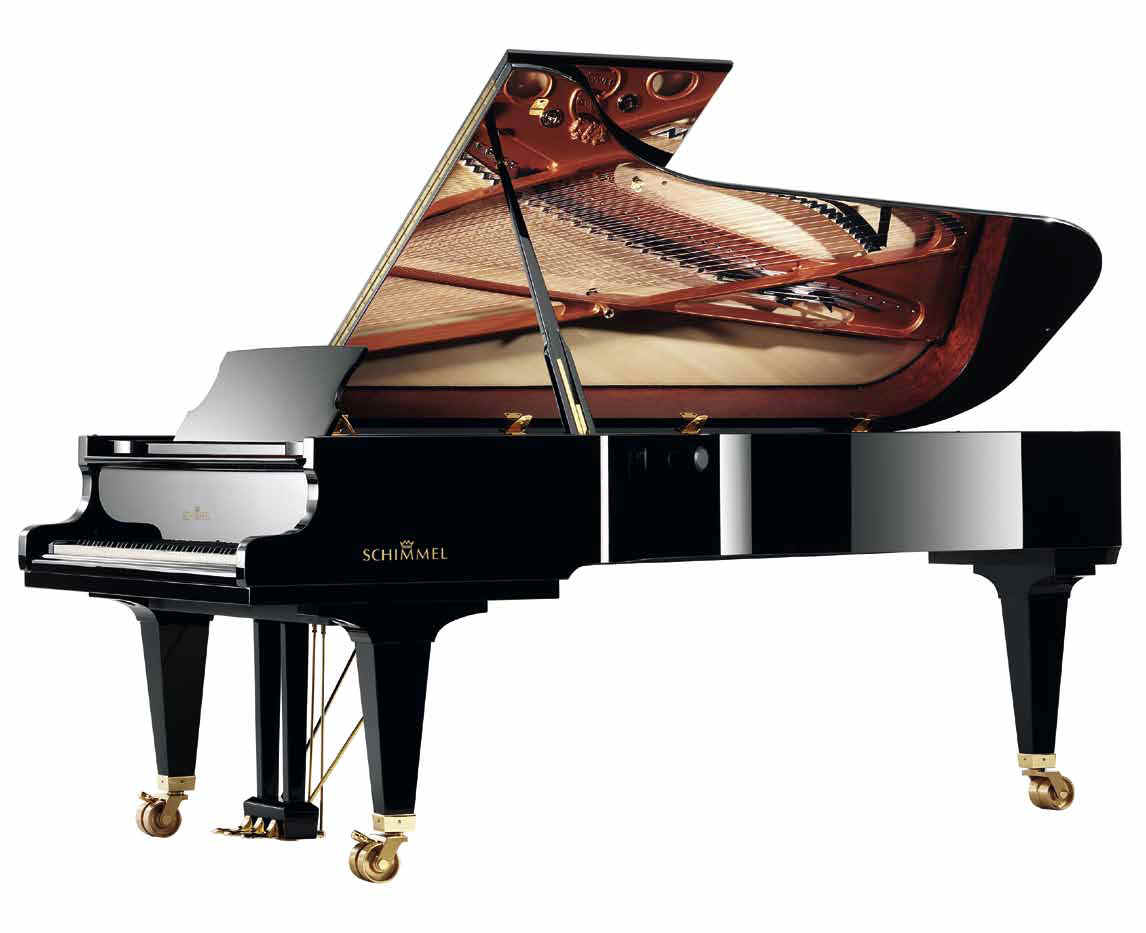joco-nz
Well-Known Member
- Joined
- Feb 21, 2016
- Messages
- 568
- Reaction score
- 209
If you have not finalised the feet yet then I would suggest that 6mm plts
with M16 nuts welded on top and drilled clear.Spreader plate to foot
and locknut as your original.If you don't tap the plates then 6mm will suffice
The bottom frame/shelf is what gives you lateral stability.Gussets or diaphragm side panels to complete
Out of interest other than it being a bigger chunk of steel is there a rational for the M16 over the M12? I have drills up to 13mm (in 0.5mm increments) but will need to go buy something for the 16mm hole. So would prefer to stick with M12 unless there is a concern over its ability to cope.
Cheers,
J.













![DreamPlan Home Design and Landscaping Software Free for Windows [PC Download]](https://m.media-amazon.com/images/I/51kvZH2dVLL._SL500_.jpg)






















![MeshMagic 3D Free 3D Modeling Software [Download]](https://m.media-amazon.com/images/I/B1U+p8ewjGS._SL500_.png)





























